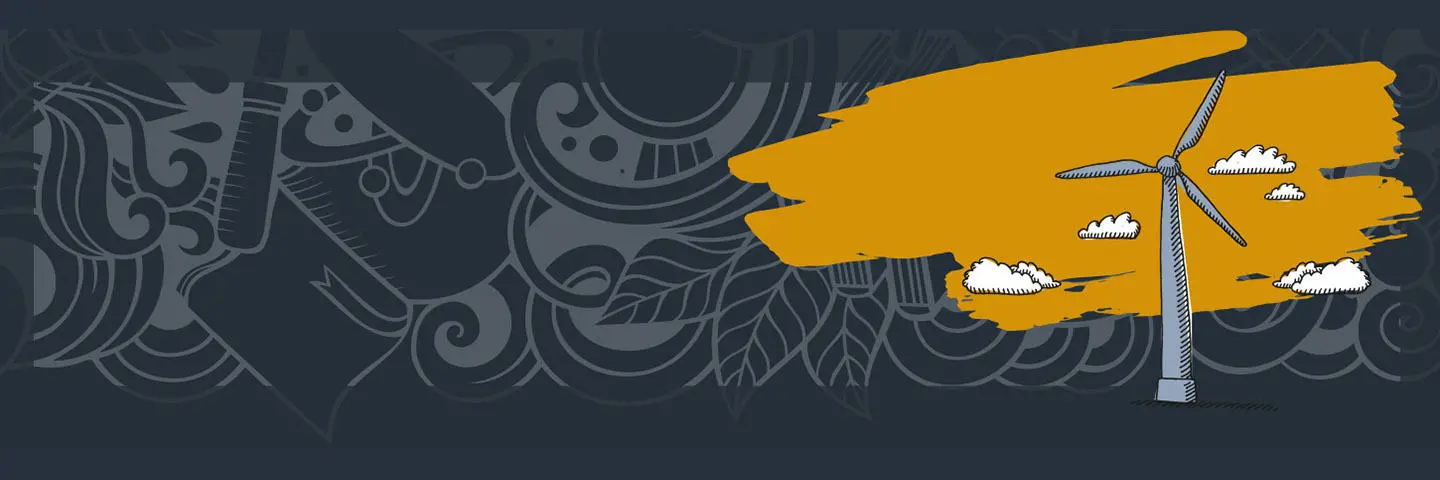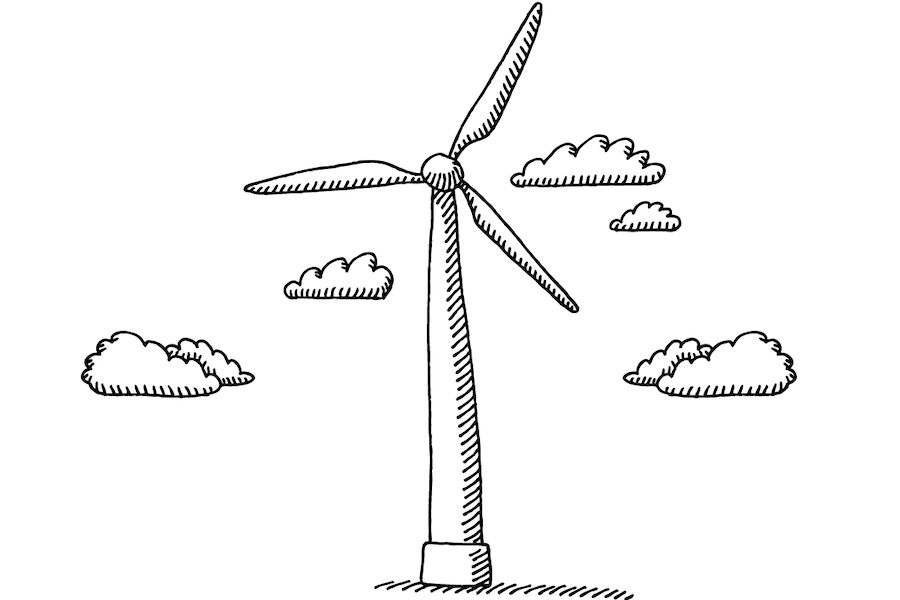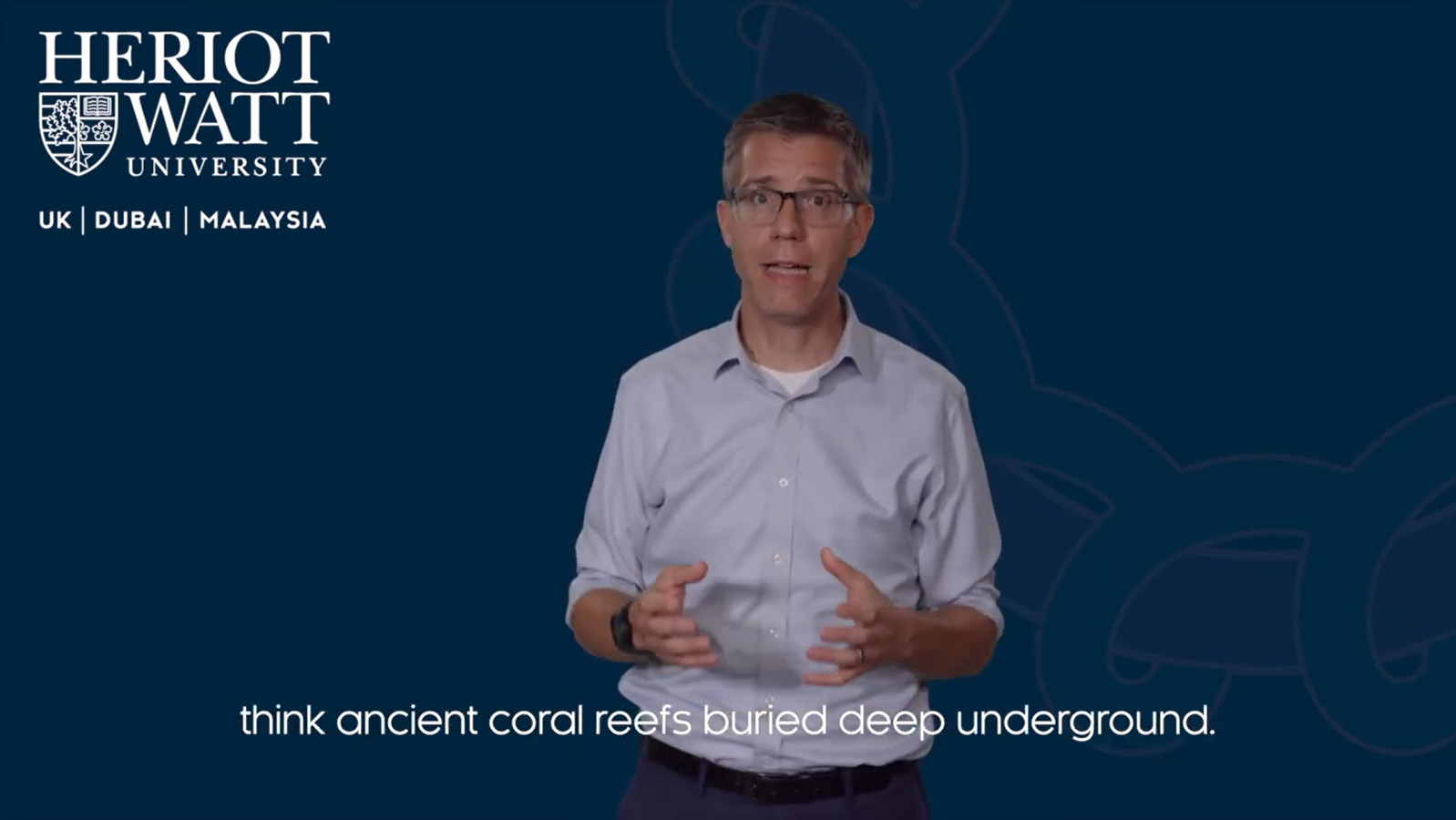Post 18: Shell Centre for Exploration Geoscience

The Shell Building is our centre for exploration geoscience – so researchers here are looking at how the Earth's processes have created natural resources and how to explore them to meet future energy demands.

The centre hosts the Wouter Hoogeveen Seismic Laboratory, a specialist lab that allows us to see how fluid moves through rock, what happens when earthquakes occur and understand the structure of the earth.
When constructed in the early 1990s, research here focused on technology that has revolutionised the oil industry – including horizontal wells which increased how much natural gas we could extract from deep under the seabed. However, as the world shifts towards reducing carbon emissions and our use of fossil fuels, our research has evolved and changed to meet the needs of society today.
One of the ways we are doing this, is through our research into carbonate reservoirs. But what are carbonate reservoirs? Carbonates are sedimentary rocks formed by layers of carbonate sediment laid down by marine organism, layers of limestone made up of the skeletons of tiny, microscopic algae that lived in the oceans millions of years ago. More than 60 per cent of the world's oil and 40 per cent of the world's gas reserves are held in carbonate rock, yet extraction from carbonate reservoirs can be very challenging and much of the oil and gas often remains unrecovered.
Our scientists are developing technologies to extract energy – in the form of oil, gas, or geothermal heat – from carbonate reservoirs more effectively. This can help make sure we have enough energy for the future and help to reduce global carbon emissions, especially if energy production is combined with carbon dioxide (CO2) injection – we take energy out, we put CO2 back in!
Research Bite
Find out more in this Research Bite with Director of Research for the School of Energy, Geoscience, Infrastructure and Society (EGIS), Professor Sebastian Geiger. Sebastian's team explore how ancient coral reefs buried deep underground can help us achieve a low carbon future.

Activity
Design your own future bear and learn about helping the planet!